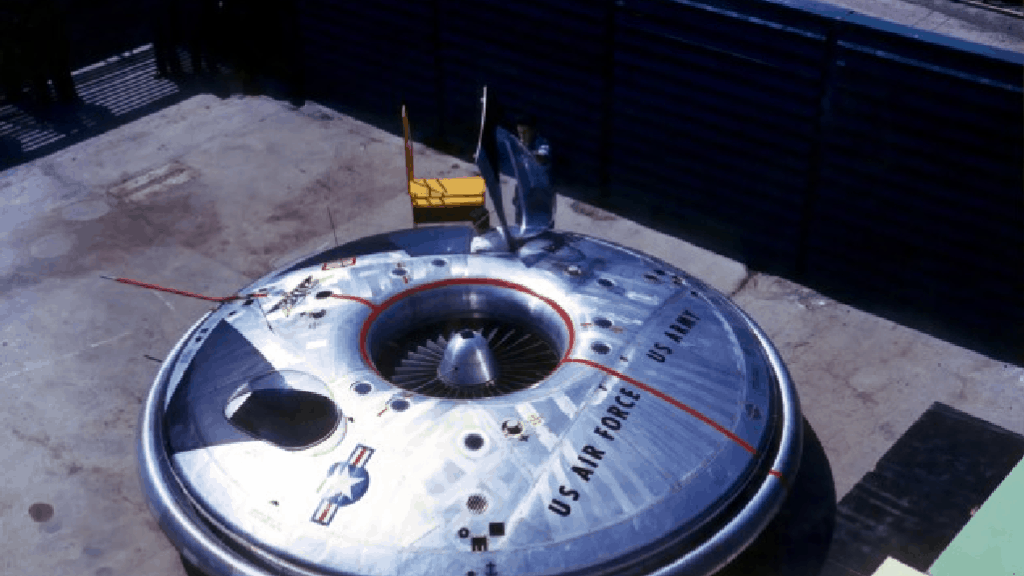One of the F-35’s most expensive features was made possible by flying saucers

One of the F-35’s most expensive features was made possible by flying saucers
SUMMARY
The US Air Force's push to develop operational flying saucers 60 years ago laid the conceptual groundwork for one of the variants of Lockheed Martin's F-35, MIT Technology Review reports.
The F-35 comes in three variants, with key mechanical differences for the Air Force, Marines, and Navy - the F-35A, F-35B, and F-35C respectively.
Of the three models, the F-35B is the most technologically different.
Unlike the F-35A and F-35C, the Marines needed their variant to be capable of conducting short take-off and vertical landing (STOVL) operations.
This request necessitated that the F-35B be given a lifting fan. And, as Desire Francine G. Fedrigo, Ricardo Gobato, Alekssander Gobato note in a paper at the Cornell University Library, the F-35B's lifting fan has its conceptual roots in flying saucers.
Between 1954 and 1961, the US Air Force spent $10 million attempting to develop a flying saucer that became known as an Avrocar. The Avrocar was a vertical and/or short take-off and landing (V/STOL) saucer that was powered by one giant central fan.
Despite its seven years of development, the Air Force failed to make the Avrocar into a mission capable vehicle that could potentially replace helicopters.
MIT Technology Review notes that the aircraft was "hot and almost unbearably uncomfortable for the pilot. And it demonstrated various idiosyncrasies such as taking five seconds to turn 90 degrees to the left but 11 seconds to turn the same amount to the right, presumably because of its central rotating fan."
However, despite the Avrocars' failings, the technology did point researchers towards the feasibility of developing and embedding a central lift fan turbine within an aircraft for variations of vertical take-off and landing (VTOL) technology.
"The concept of a lift fan, driven by a turbojet engine is not dead, and lives today as a key component of Lockheed X-35 Joint Strike Fighter contender," Fedrigo notes, adding that the conceptual framework of the Avrocar helped General Electric's own development of a booster fan propulsion system.
Whereas the Avrocar's development ultimately failed, though, GE's "Vertifan" went on to prove the concept of successful lifting fan technology. This in turn lead to a DARPA sponsored development challenge that gave birth to lifting fans being used in the F-35B.
The F-35B was declared ready for combat by the Marine Corps on July 31.
More from Business Insider:
- This map shows Russia's unprecedented militarization of the Arctic
- Russian forces just killed one of the country's most notorious jihadists
- John Kerry: I write emails assuming that Russia and China are 'very likely' reading them
- This stunning combat art reveals what aerial warfare was like during World War II
- Hilary Clinton: Here's the 'principle threat' ISIS poses to the US
This article originally appeared at Business Insider Defense. Copyright 2015. Follow BI Defense on Twitter.
SHARE
